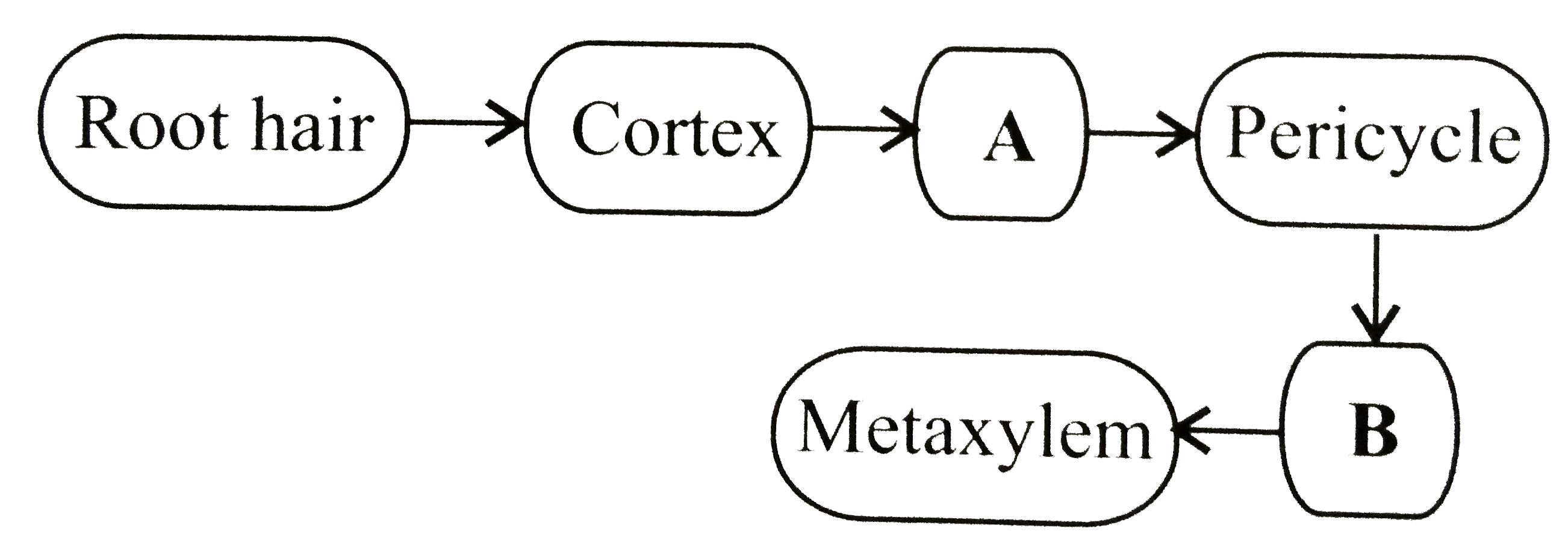Flow of water in a sponge is from ostia to canals to ............. to osculum,
The correct Answer is:Spongocoel
To answer the question regarding the flow of water in a sponge, we will break down the process step by step.
1. Understanding the Structure of a Sponge:
- Sponges belong to the phylum Porifera and are multicellular organisms characterized by their porous bodies.
2. Identifying the Entry Point:
- Water enters the sponge through small openings called ostia. These are inhalant pores that allow water to flow into the sponge's body.
3. Water Flow Pathway:
- After entering through the ostia, the water travels through a system of canals. This is where the sponge's unique canal system comes into play, facilitating the movement of water.
4. Identifying the Next Structure:
- The water then moves into a central cavity known as the spongocoel (also referred to as the paragastric cavity). This is the large central cavity of the sponge where water collects after passing through the canals.
5. Exiting the Sponge:
- Finally, the water exits the sponge through a larger opening called the osculum, which is an exhalant pore.
Complete Flow of Water in a Sponge:
- Ostia → Canals → Spongocoel → Osculum
Final Answer:
The blank in the question should be filled with spongocoel.
---
- Sponges belong to the phylum Porifera and are multicellular organisms characterized by their porous bodies.
- Water enters the sponge through small openings called ostia. These are inhalant pores that allow water to flow into the sponge's body.
- After entering through the ostia, the water travels through a system of canals. This is where the sponge's unique canal system comes into play, facilitating the movement of water.
- The water then moves into a central cavity known as the spongocoel (also referred to as the paragastric cavity). This is the large central cavity of the sponge where water collects after passing through the canals.
- Finally, the water exits the sponge through a larger opening called the osculum, which is an exhalant pore.
- Ostia → Canals → Spongocoel → Osculum
The blank in the question should be filled with spongocoel.
Similar Questions
Knowledge Check
Water flows from the
Amore positive osmotic potential to the more negative water potentialBhigher water potential to the lower water potentialCmore positive water potential to the more negative water potentialDall of the aboveIn the given flow chart the flow of water is shown from soil to xylem of the root. Identify the tissues involved in steps A nad B
 AA -Hypodermis , B - protoxylemBA - Medullary rays ,B - PhloemCA - Endodermis , B - PhloemDA - "Endodermis", B -"Protoxylem"
AA -Hypodermis , B - protoxylemBA - Medullary rays ,B - PhloemCA - Endodermis , B - PhloemDA - "Endodermis", B -"Protoxylem"
How does water flow through a sponge?
View SolutionThe movement of water in syconoid type of canal system is
View SolutionWater circulation in sponges does not help in
View SolutionMost of the water flow in the roots occurs via
View SolutionWater currents in a sponge body are maintained by
View SolutionThe kinetic energy of flowing water is converted into ................. (potential/electrical) energy of the turbine as flowing water rotates the blades of turbine.
View Solution
